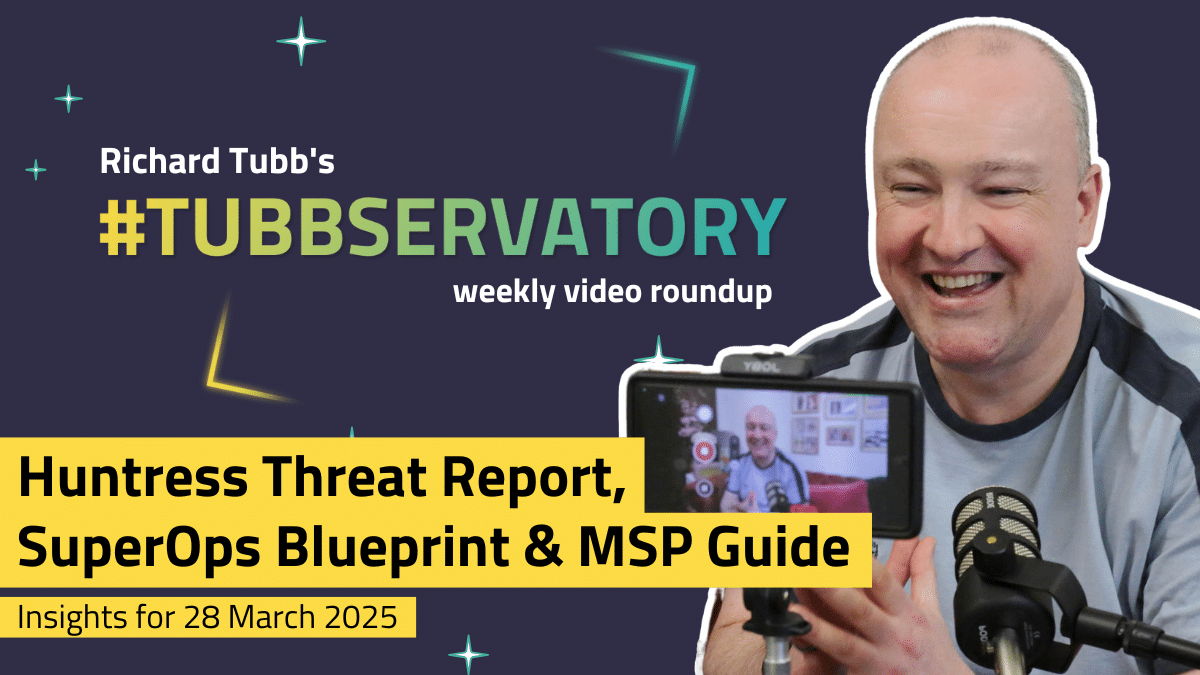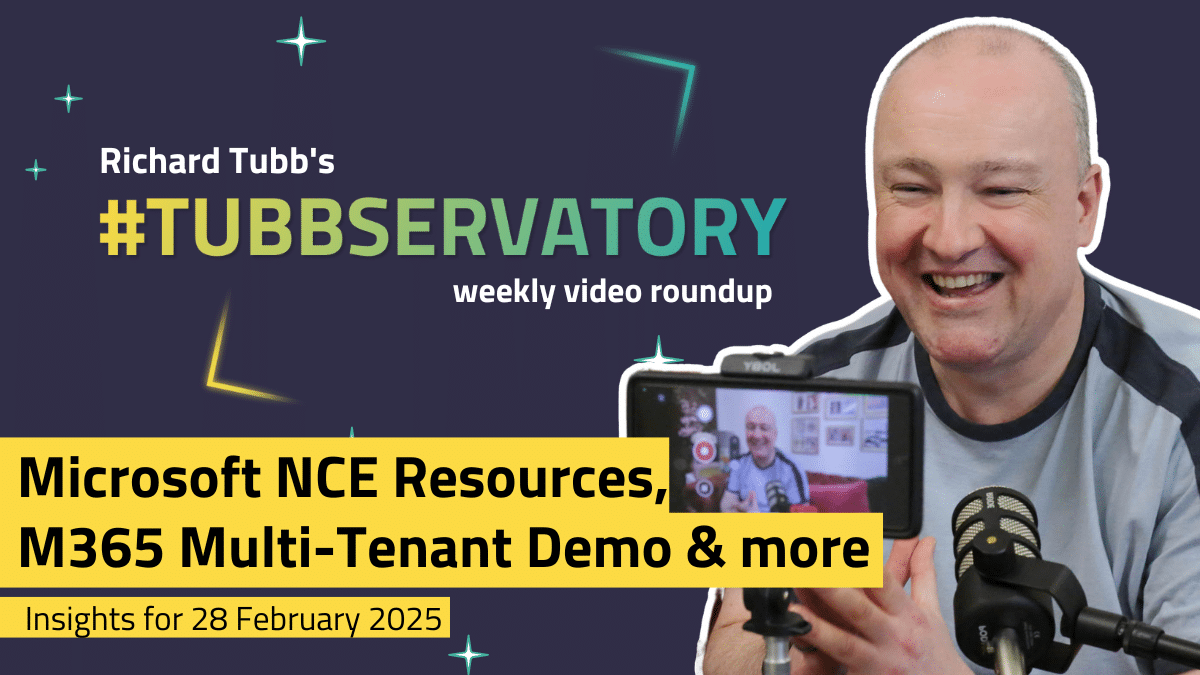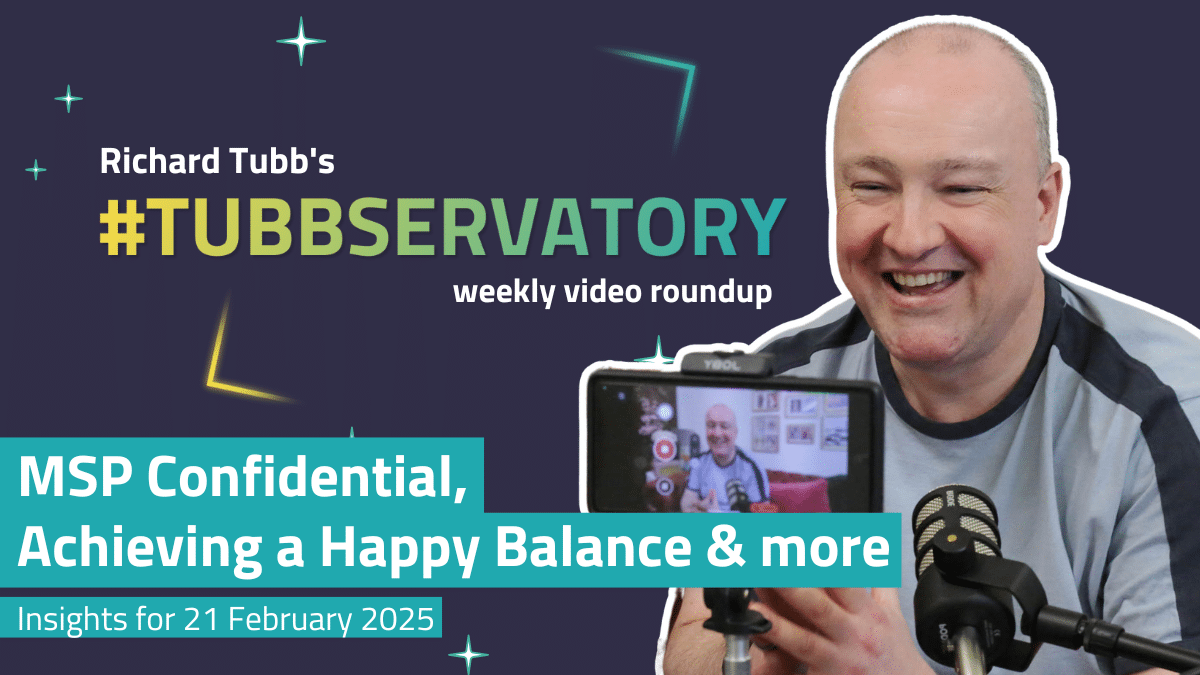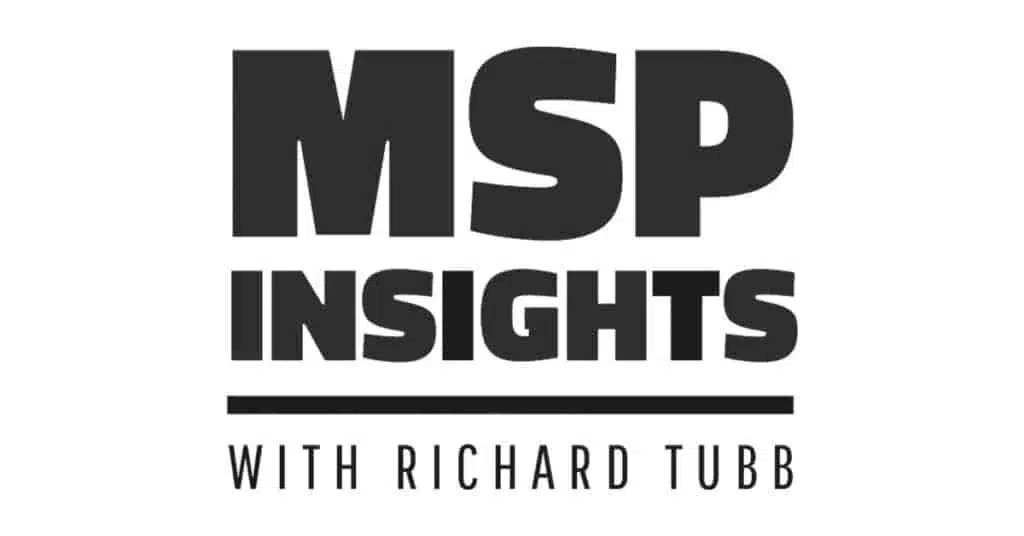Introducing a programme of good mental wellbeing into your business can take many forms.
With burnout affecting technical teams far more than any other workforce, you’re probably already aware of some of the options available when it comes to encouraging good mental wellbeing for you and your staff.
Here at Team Tubb, we each have our own ways of looking after our own mental health.
Yet as a team that is based across the UK mainland, Europe and South Africa, we also employ some other clever ways to help to keep the team supported and encouraged.
Here we explore what works for each of us, including any apps we use, as well as which resources we use in the team as a whole. Hoping that some of these ideas might inspire you and your team.
 Introducing a Programme of Good Mental Wellbeing into Your Business
Introducing a Programme of Good Mental Wellbeing into Your Business
Depending on the size and scale of your business, and how many offices you work from, managing good mental wellbeing can look different from one company to the next.
However, here are some good places to start when thinking about your own team strategy:
Assess Needs – think of ways to conduct surveys of your team to ensure you understand any areas of stress.
Develop a Policy – create a policy that outlines objectives, strategies and resources in alignment with the goals and culture of your business.
Training and Awareness – provide training for all levels to recognise the signs of poor mental health and promote a supportive culture within the team.
Provide Resources and Support – partner with external independent professionals to deliver support, or invest in supportive technology or apps.
Regular Check-ins – implement regular wellness check-ins with anonymous feedback mechanisms to monitor the programme’s effectiveness.
Promote a Healthy Work-Life Balance – Encourage policies that promote a healthy work-life balance, such as flexible working hours, remote working opportunities and taking regular breaks and holidays.
Support Individual Healthy Practices – Anything with a positive affect on personal wellbeing should be encouraged.
Ways We Promote Good Mental Health as a Team at Tubblog
At Team Tubb, we already practice flexible working, which allows everyone in the team to work on their terms.
So to be effective, we do a great deal of our team communication through a productivity and communication platform called Slack.
While this organises our workload and allows us to prioritise and touch base with each other, we also use it to promote good wellbeing in the team.
Alongside this, we also employ a professional coach, both in group sessions and on a confidential one-to-one basis to help the team conquer any hurdles they may be experiencing.
The #Watercooler and #Wins Channels
We have two channels in Slack that are good to have for encouraging positive mental wellbeing.
The Watercooler channel is for sharing anything the team might find interesting, unrelated to workload or projects. These can be a nice fun distraction, as well as a reminder that we should take time out every now and then.
The Wins channel lets us celebrate nice comments or emails we get from people appreciating our work, which is important to share with our colleagues.
Truth Tuesdays and Geekbot Weekly Check-Ins
Truth Tuesdays is our regular check-in with each other. Our studio manager, Lara Johnson creates a post – an inspiring quote and an uplifting photo, which the team can react to or comment on.
We encourage each other to be honest about how we’re feeling, and we don’t have to give detail if we don’t want to. But just having the outlet there if we need, can be a big help if we’re not feeling our best.
We also have an automated bot that sends us a series of direct messages (DMs) on a Monday morning. The purpose of Geekbot is to let the team know what we’re all working on that week, but it’s secondary function is to be able to call for assistance if we’re feeling overwhelmed or ill.
External Mental Fitness Coaching Sessions
Here at Team Tubb we realise that there’s only so much we can do for each other internally. So we also sometimes partner with an external coach, who specialises in mental fitness.
The purpose of these sessions is to equip us with the tools that we need to better communicate, manage our time better, and get the most out of the skills we have already.
The benefits of these sessions have a huge positive impact on everyone in the team, both professionally and personally.
Individual Wellbeing: The Tech Apps and Practices We Recommend Personally
Richard Tubb
Richard believes that technology is fantastic at helping you to keep organised. “Stress comes from knowing the right thing to do, but not doing it,” he says, recalling a quote he heard once a long time ago.
During his days as an MSP, he once read the book: “Getting Things Done” (GTD) by David Allen, in which he explains the brain is for generating ideas, not storing them. Therefore Richard uses apps such as Evernote, Todoist and Google Calendar to organise himself.
However, when it comes to mental wellbeing, Richard likes to meditate. He uses the Headspace App 10 minutes each day, every morning, to decompress. This sets him up for the rest of the day. Sometimes, if the day has been a stressful one, he’ll meditate during the day too, just to compose and re-centre himself.
Pascal Fintoni
Pascal likes to gamify his daily task list. By organising the tasks and deliverables that need to be done, he will set himself a short 10 minute ‘reward’. These can range from listening to film scores on Spotify, to taking a short walk for some fresh air, or even doing a household chore!
His tech recommendation for a productive and distraction-free workspace is AppBlock. AppBlock stops all notifications to your mobile phone, ensuring you’re not overwhelmed with pings when you’re trying to focus.
Books he recommends include: 12 Rules for Life: An Antidote to Chaos by Jordan B. Peterson, and Be Useful: Seven Rules for Life by Arnold Schwarzenegger
Lenka Koppova
Lenka enjoys going to the gym/yoga every morning, and says a book that changed her life was Outlive by Dr Peter Attia.
She believes that learning and health go hand-in-hand – and so, those are top priorities for her.
She uses the ‘Focus Mode’ on her phone a lot, and some digital wellbeing tools to ensure interruptions are at a minimum. The Forest App is a great way to focus solely on a task, too.
As a health a neuroscience nerd, she loves the Huberman Lab podcast, and reads plenty of books about the subject in her spare time.
But she says the best thing she ever did for her mental health was to get a cat. He makes her laugh every day, so worth bearing in mind if you’re thinking of getting one!
Kareena Barat
After overcoming severe anxiety as a child, using Reiki techniques and by talking about her issues with her mother, Kareena saw the power in challenging herself by taking on adventurous activities.
Therefore taking regular holidays is an important part of maintaining her wellbeing. By combing nature, social, creative and active pursuits into her life, it keeps her anxiety at bay.
Going to the gym is part of her daily routine. A routine that’s important to keep a healthy balance. She uses an App by Garmin Connect to design workouts, and uses the ‘Modes and Routines’ feature of her Android phone to keep her Sleep and Work set to specific times. And at the weekend, she tries to take in a hike if the weather allows.
Gudrun Lauret
Gudrun finds having a routine difficult to stick to at the moment.
However, having a dog, she has to regularly take her out for a walk regularly each day, which also gives her a walk in the fresh air. And just watching her dog play, she says, always makes her feel better.
Another great stress reliever for her is running. Listening to music allows her to reset her mind and clear her headspace.
Gudrun sometimes finds time for journaling too, especially when she used to use her dad’s old electric typewriter. There was something therapeutic about writing things out and bashing the keys while doing it!
Even though she claims to be more analogue than digital, she does use a pomodoro timer on her computer to block out time. And leaves to-do lists all around the house.
Her book recommendation is “How to do Things” by David Cain, which is a very basic productivity book. The system is simple and not overwhelming, and can be broken down and made even simpler for when you ARE overwhelmed.
Stephen McCormick
Good mental wellbeing for me consists of both healthy activities and enjoyable creative pursuits.
I go to the gym three times a week, and keep a healthy diet, cutting out processed sugar and salt where possible. I take part in activities in my spare time that unplug myself from technology.
For example, I have a regular board game social group, and I like the tactile problem-solving and communication which comes with doing escape rooms with friends.
I also find stress relief in any creative activity where I can use my hands, such as painting miniatures for the kinds of board games I play.
In terms of technology, I love the bedtime mode on my android phone, which prevents notifications while I sleep, and turns the screen greyscale. And the My Wellness App for the gym workout data is very helpful to track my progress.
Lastly Arnold’s Pump Club is an excellent podcast that gives you ten minutes of motivational advice from Arnold Schwarzenegger, taken from his newsletter, and read out by an AI in Arnold’s voice.
Lara Johnson
Finally, Lara finds herself very busy looking after her children when she isn’t working.
However, when she can find the time, she also likes to pursue fitness at the gym as a way to keep strong physically and mentally.
Other Great Software Resources to Consider For Your Mental Wellbeing
Here are five more Apps that might you might find useful:
- Headspace – This app offers guided meditation and mindfulness practices to reduce stress and anxiety.
- Calm – Provides sleep aids, meditation tools, and resources to help with relaxation and stress management.
- 5 Minute Journal – A daily mood tracker and micro journaling App with inspirational quotes and reminders available.
- Moodfit – Helps track and improve your mood, providing tools to manage your mental health day-to-day.
- The Body Coach App – Provides a personalised structured workout and nutrition plan with access to community support and live workouts with Joe Wicks.
Resources Mentioned in This Article
- Software: Slack
- Software: Geekbot
- Website: Adventurous Coaching
- Book: Getting Things Done (GTD) by David Allen
- Software: Evernote
- Software: Todoist
- Software: Google Calendar
- App: AppBlock
- Book: 12 Rules for Life: An Antidote to Chaos by Jordan B. Peterson
- Book: Be Useful: Seven Rules for Life by Arnold Schwarzenegger
- Book: Outlive: The Science and Art of Longevity by Dr Peter Attia
- App: Forest App
- Podcast: Huberman Lab (Spotify)
- App: Garmin Connect
- Website: Pomofocus (Pomodoro Timer)
- Book: How to Do Things: Productivity for the Productivity Challenged by David Cain
- App: Technogym MyWellness
- Podcast: Arnold’s Pump Club (Spotify)
- App: Headspace
- App: Calm
- App: 5 Minute Journal
- App: Moodfit
- Videos: The Body Coach App
What Mental Wellbeing Tools and Practices Work for You?
When it comes to taking control of mental wellbeing, knowing is half the battle.
We hope you already have in place some great tools and services to help you manage your own mental health, as well as that of your staff. And if you’re looking for ideas, we hope this article has given you a few more examples to look into.
We’d love to hear what tools, apps and resources you’re using in your business. Please let us know in the comments!

















Comments